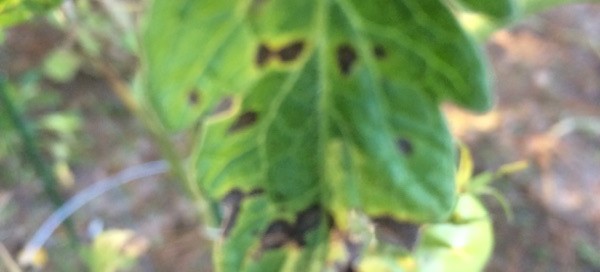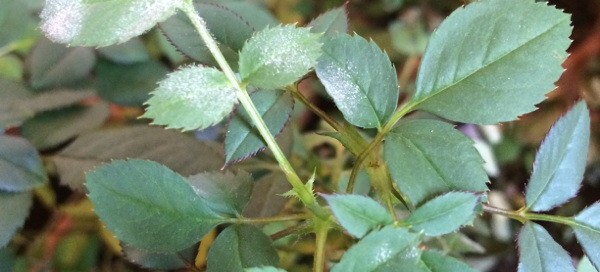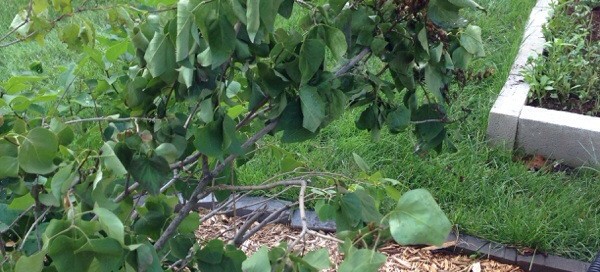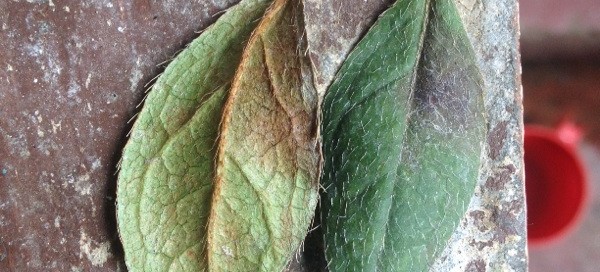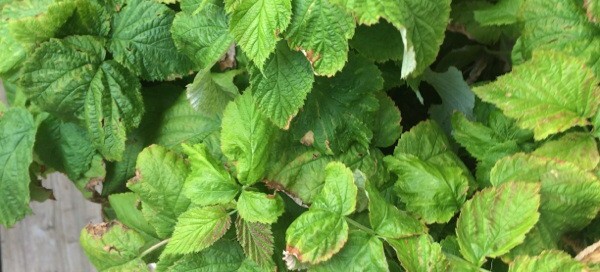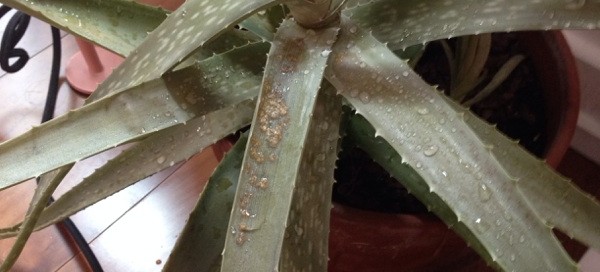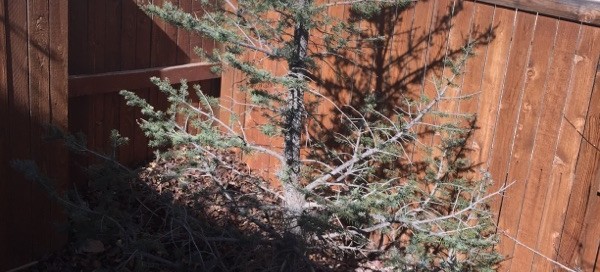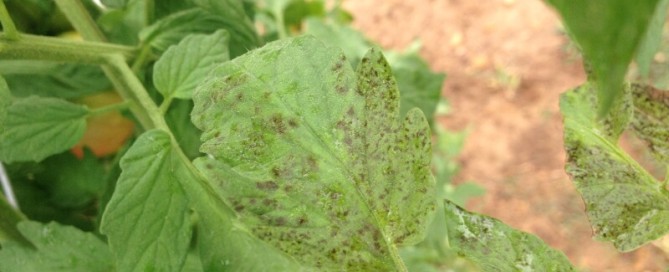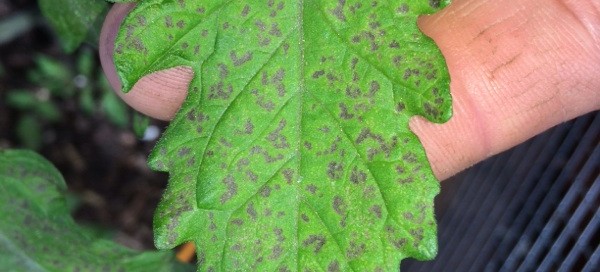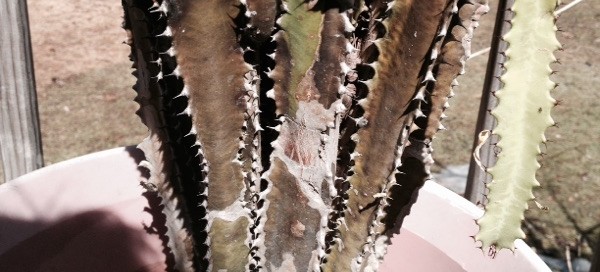Tomato Early Blight
Your tomato appears to have one of the blight diseases that plague tomatoes. If the disease is not too extensive, clip off the diseased leaves and stems, pick up any fallen leaves and dispose all in the trash, not the compost pile. Spray or dust the plants to arrest the disease and control the insects often accompany it to stressed plants. Visit a garden center for fungicides and insecticides from organic sources and follow label directions. Water at the base of the plant, not overhead and foliar feed with a liquid kelp to possibly help revitalize the plant. Blight effects lower leaves first, then may spread upwards if not controlled. Mulch around the base of the plants plus removing some of the lower leaves can help control the blight that washes up from the soil onto plants.
